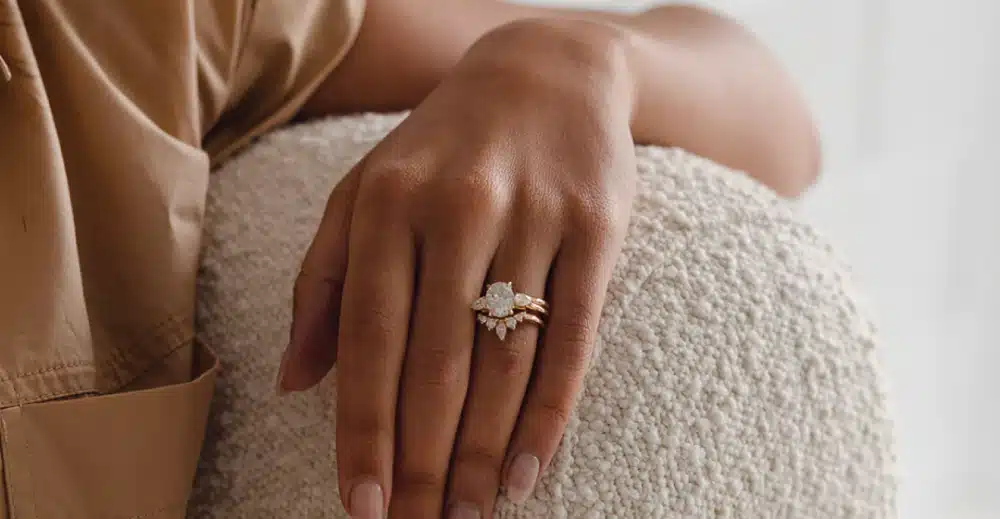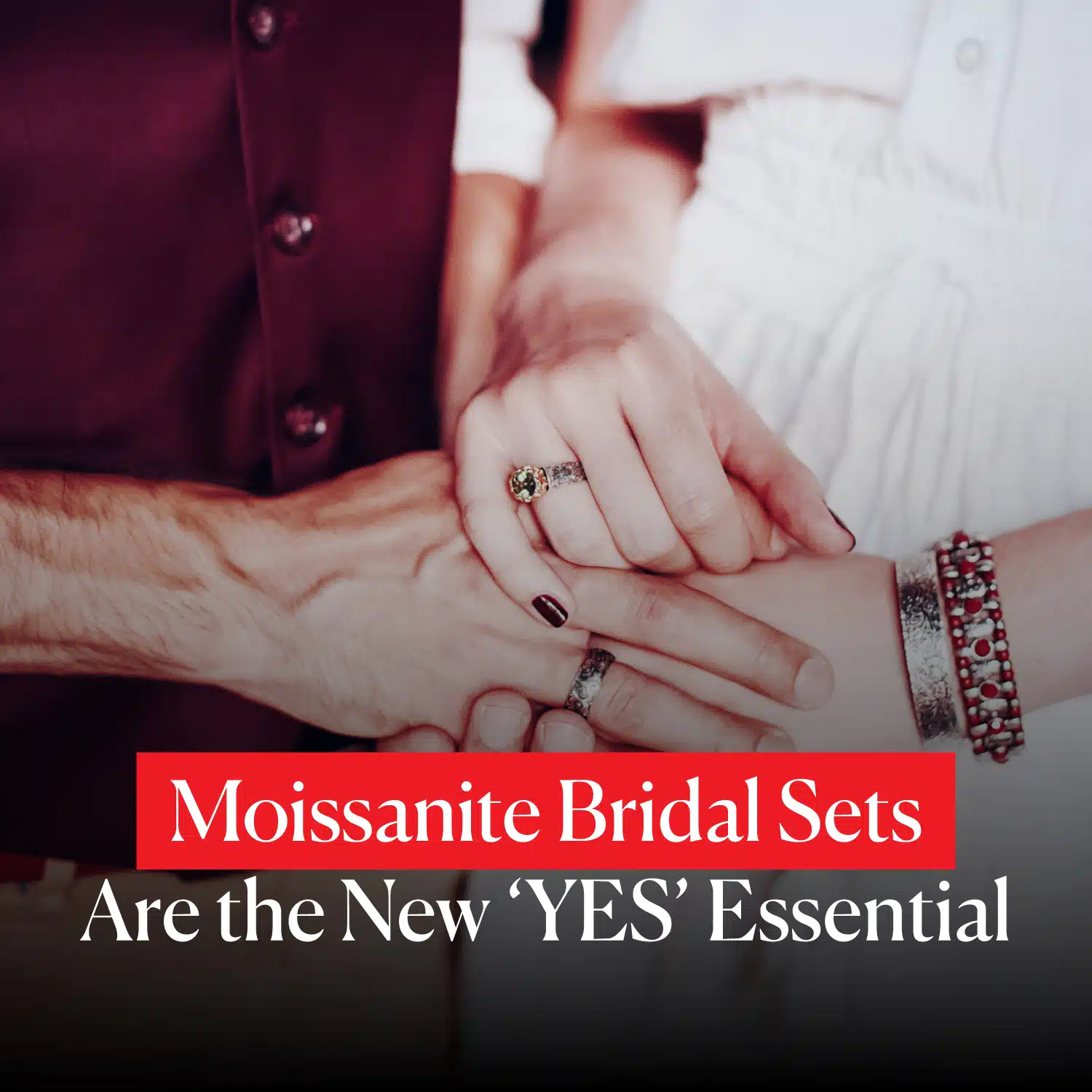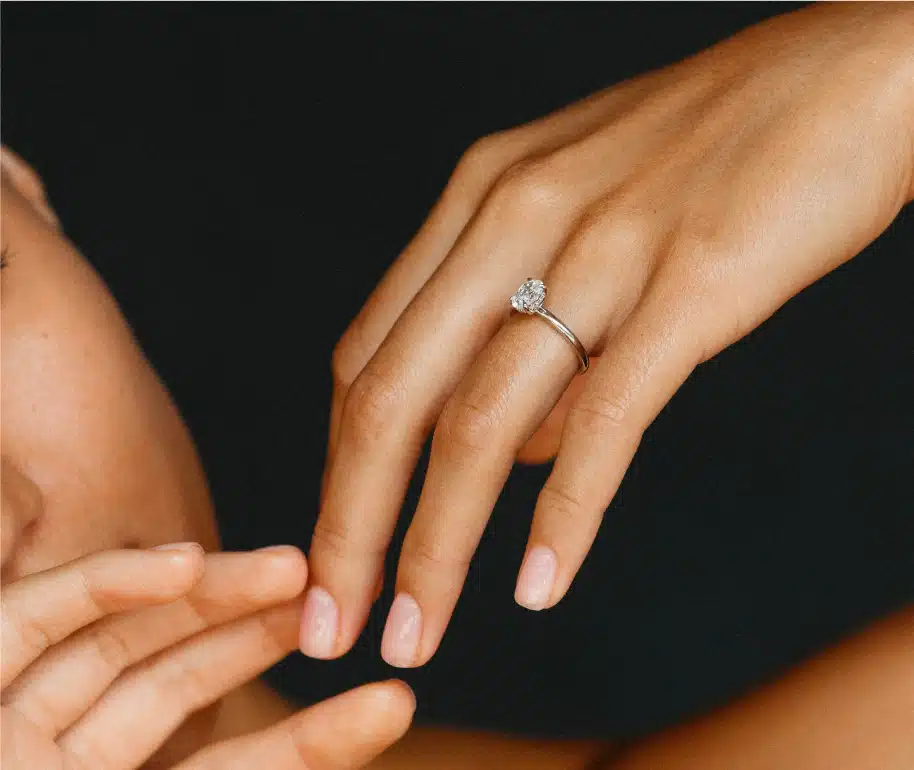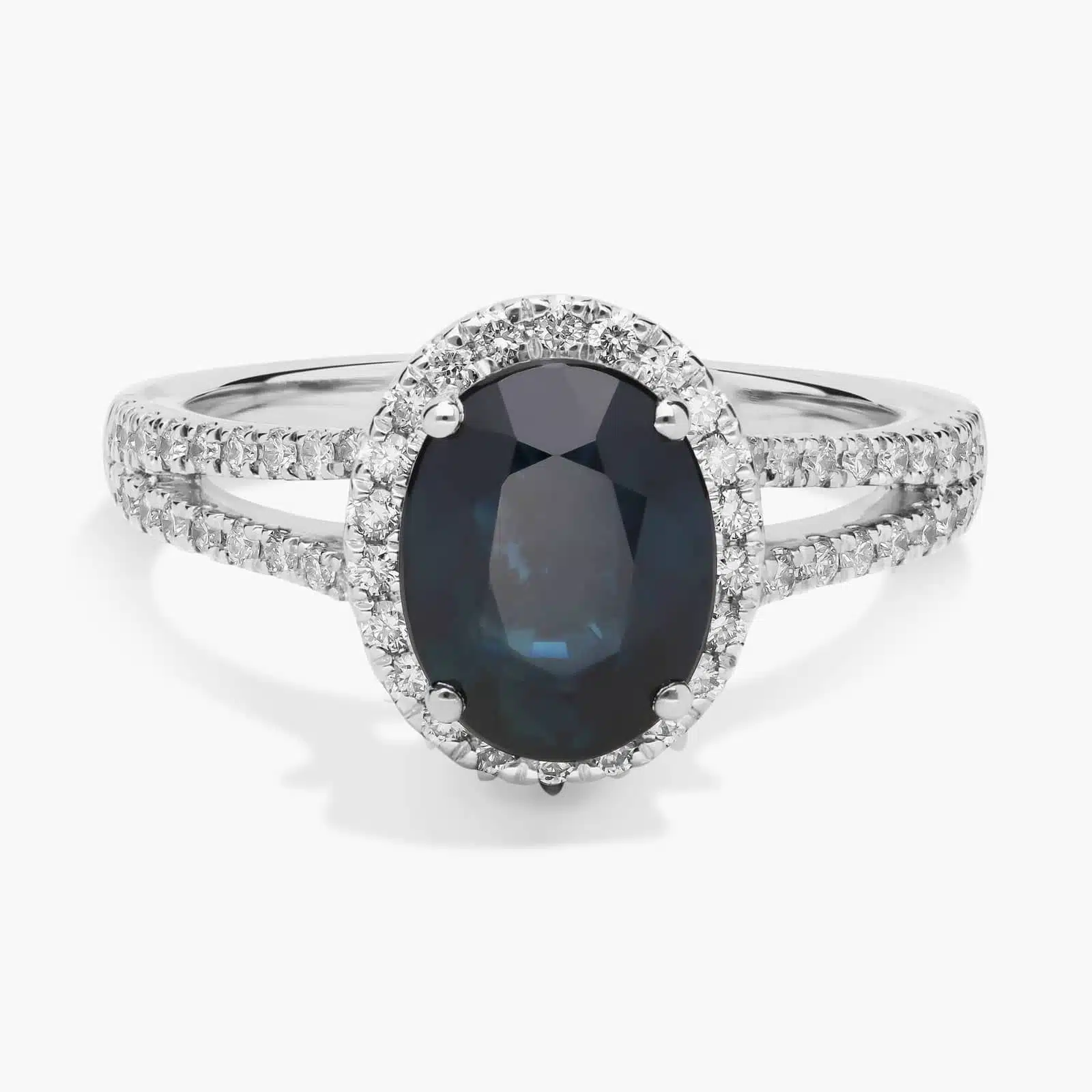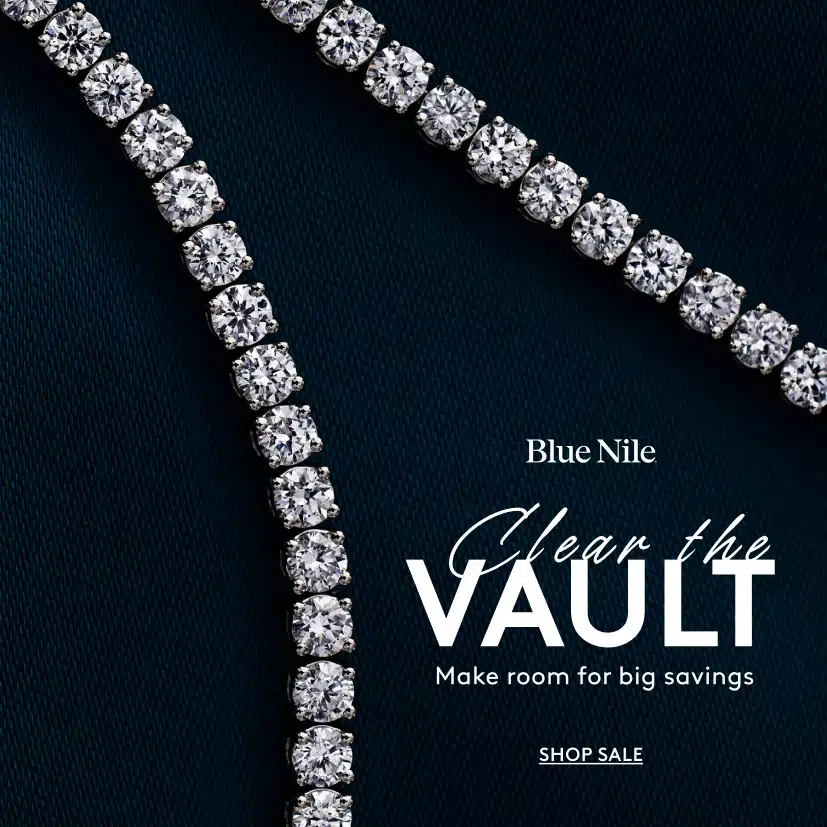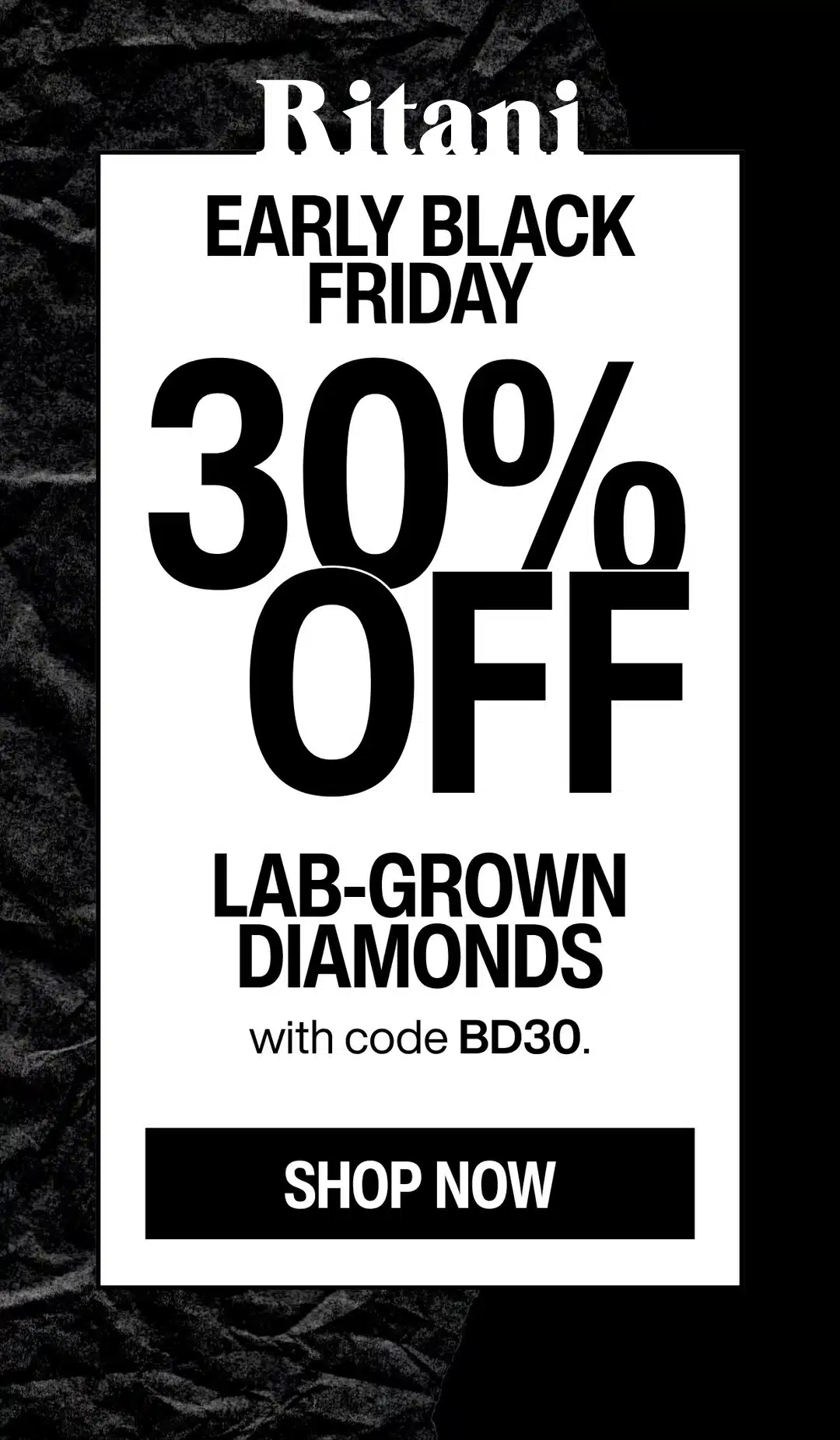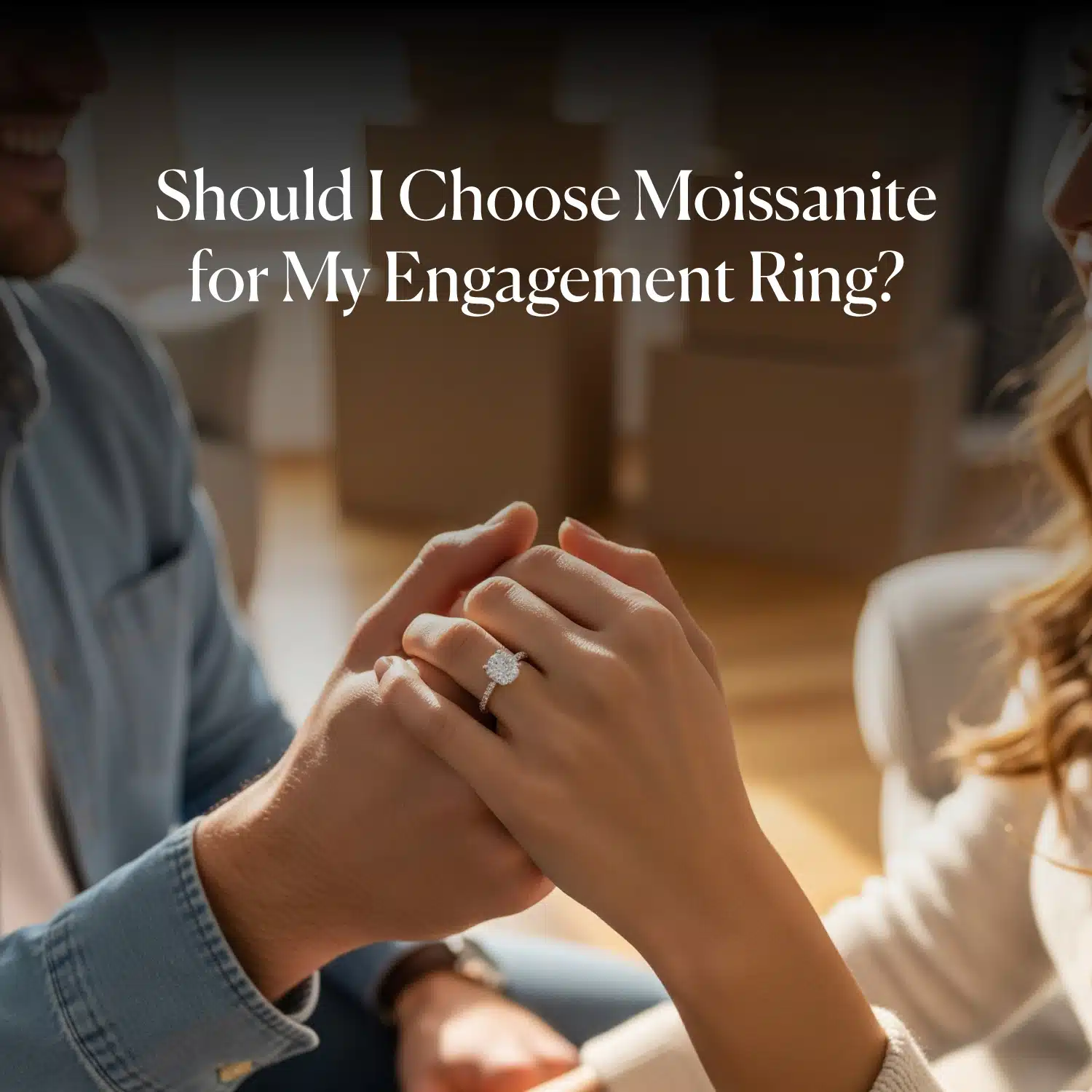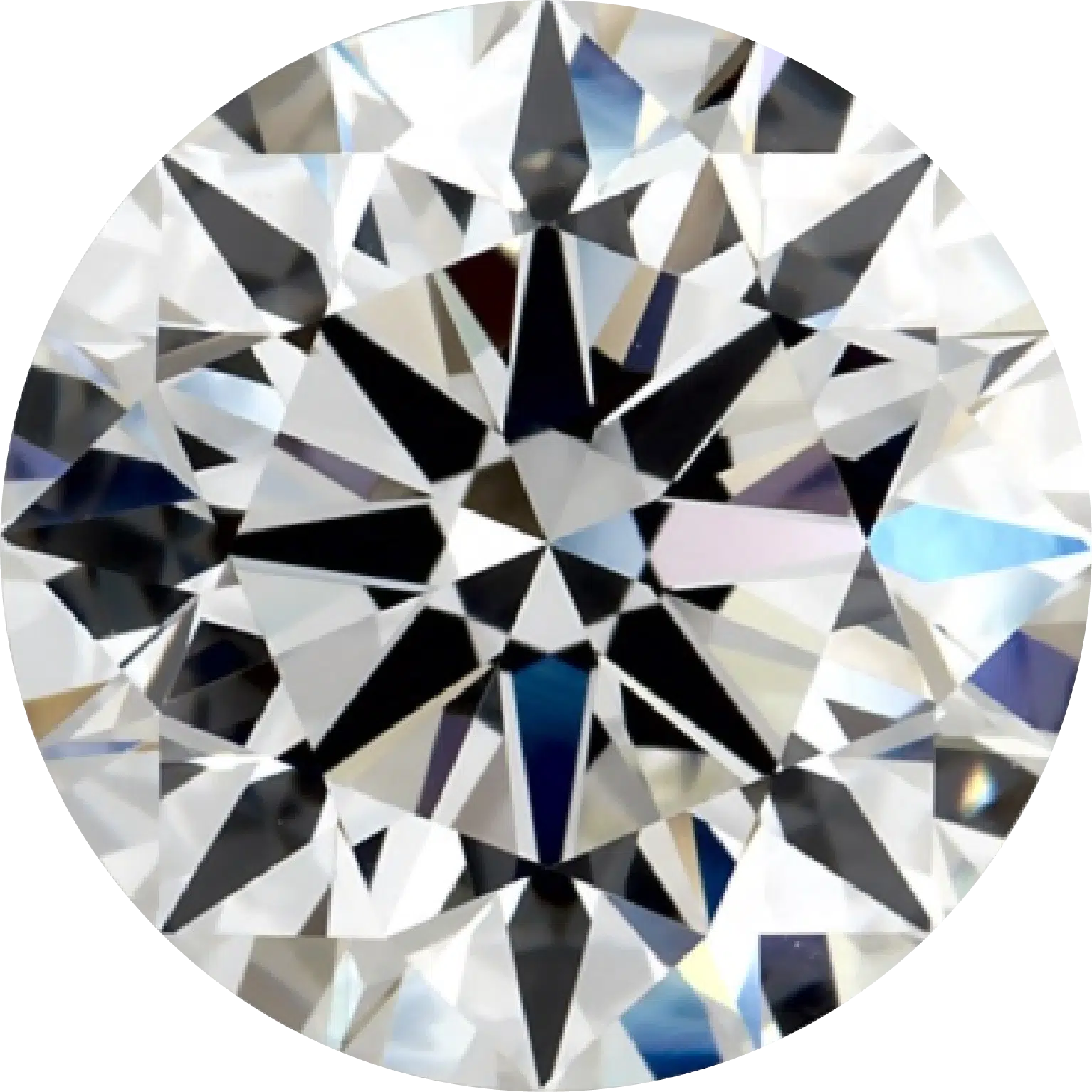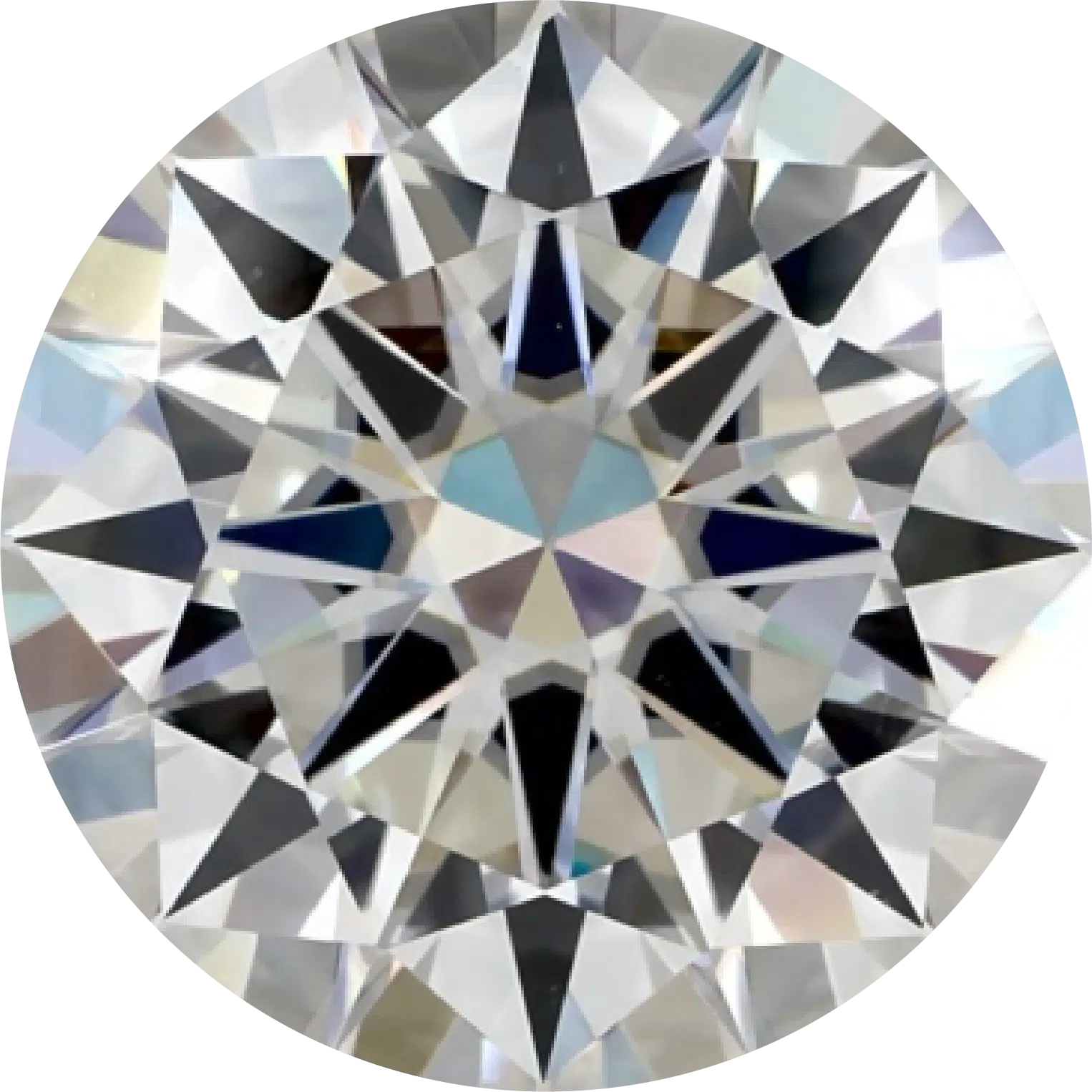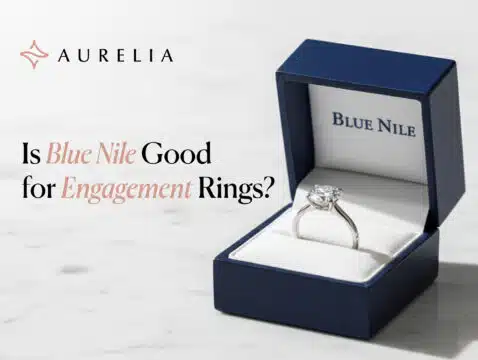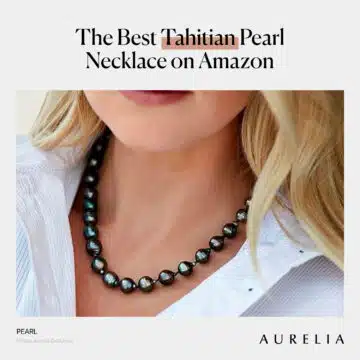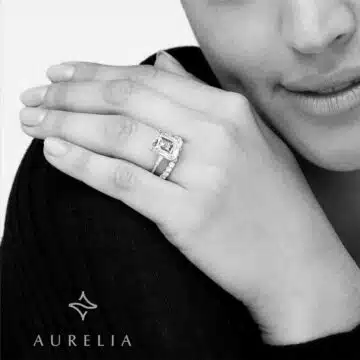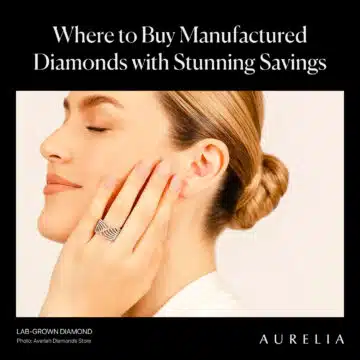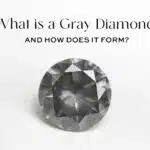Yes, you should choose a moissanite engagement ring if you prioritize jaw-dropping sparkle and exceptional value over traditional resale value and the classic diamond status.
But let’s be real—you didn’t come here for a simple “yes.” You’re here because you’re caught in a tough spot. On one side, you see this stunning, fiery gemstone that offers everything you want in a ring for a fraction of the price. On the other, there’s a nagging question that won’t go away: “Will I regret not getting a diamond?” It’s a classic conflict: modern, savvy brilliance versus a deeply ingrained tradition.
As your friend in the business, my promise is to help you get clarity. We’re going to move beyond the generic pros and cons lists you’ve already seen. Together, we’ll unpack the honest truths so you can walk away from this article with the confidence to make the decision that is genuinely right for you and your future.
Think You’re A Moissanite Pro?
Think you’re a Moissanite Pro and can tell the difference? Choose the gemstone that you like better. Is it the one for $1,180 or the one for $39,000? Both are 2.48 carats.
Why Do So Many Modern Couples Choose Moissanite?

From my time in the trade, I’ve seen a major shift. The couples I work with today are incredibly savvy—they do their research and they’re focused on building a future together. Moissanite isn’t just a trend for them; it’s a logical, brilliant choice that aligns perfectly with their priorities.
Here are the four key reasons they confidently choose a moissanite engagement ring.
No 1. The Incredible Value
This is the most obvious benefit, but I want you to think about it differently. This isn’t about buying a “cheaper” ring; it’s about making a more intelligent financial decision.
For the same budget, you can get a moissanite that is significantly larger and has better clarity and color than a diamond. We’re talking about a price difference of up to 90%.
Think about what that financial freedom means. The thousands of dollars you save can be the difference between renting and owning your first home. It can fund the honeymoon you’ve always dreamed of or completely pay off a lingering credit card bill.
Choosing moissanite means you can get a jaw-dropping ring and start your marriage on the strongest possible financial footing. It’s a savvy investment in your life together.
No 2. The Head-Turning Brilliance
Moissanite has a sparkle that has to be seen to be believed. Gemologically, it has a higher refractive index and more fire than a diamond.
In simple terms, this means it bends more light and breaks that light into more fiery, rainbow-colored flashes. While a diamond has a classic white sparkle, moissanite offers a fiery, rainbow brilliance that many people find even more visually exciting.
(Learn more about which is more sparkly, diamond or moissanite). It’s a showstopper. If you love a stone that catches every eye in the room with its vibrant, dazzling light show, moissanite’s unique aesthetic will not disappoint.
No 3. The Lifelong Durability
An engagement ring is meant to last forever, and it needs to be tough enough to handle daily life. This is where moissanite truly proves its worth. On the Mohs scale, which measures a gemstone’s resistance to scratching, it scores an impressive 9.25.
A diamond is a perfect 10, but at 9.25, moissanite is harder than any other gemstone you’d typically consider for an engagement ring, including sapphires and rubies.
This means you can wear it every day with confidence, knowing that it’s exceptionally resistant to the scratches, chips, and bumps of a long and happy life. It is, without question, a “forever” stone.
No 4. The Guaranteed Peace of Mind
In today’s world, knowing where your products come from is more important than ever. Because every moissanite is grown in a controlled laboratory environment, its origin is 100% known and transparent.
This complete transparency means you have an iron-clad guarantee that your ring is free from any of the ethical or environmental concerns associated with traditional mining. There are no questions about conflict zones, labor practices, or ecological damage.
This makes it an ideal choice for a truly eco-friendly moissanite engagement ring. It’s a beautiful symbol of your love that you can feel genuinely good about wearing.
When Should You Not Choose Moissanite?
As much as I admire moissanite for the brilliant choice it is, my most important job is to help you find the ring that’s truly right for you. And I’ll be blunt: sometimes, the right choice is a diamond. Anyone who tells you moissanite is perfect for everyone isn’t giving you the full picture.
So, let’s be completely honest about the situations where I would advise a client to seriously consider a diamond instead.
1. If You Are Deeply Traditional
For some people, a diamond isn’t just a gemstone; it’s the gemstone. It’s what you’ve dreamed of since you were young, what your mother and grandmother wore, and the ultimate symbol of a marriage proposal in your mind. This emotional connection is powerful and completely valid.
An engagement ring should bring you uncomplicated joy every single time you look at it. If your heart is truly and unshakably set on the tradition of a diamond, then choosing anything else might always feel like a compromise. And you should never feel like you’ve compromised on your ring.
2. If Resale Value is a Top Priority
This is the most critical financial difference between the two. While I never recommend viewing an engagement ring as a monetary investment, a natural diamond does retain a portion of its original value over the long term. It is a finite, earth-mined resource and can be resold for a percentage of its purchase price.
Moissanite, like other lab-created gemstones, has very little resale value. Its price is based on technology and production, not scarcity. You should buy a moissanite because you love its beauty and value, with the understanding that it is a personal treasure, not a financial asset.
If the ability to one day resell the ring for a tangible amount is important to you, a diamond is the more appropriate choice.
3. If You Prefer a Subtler Sparkle
We’ve talked about moissanite’s intense, fiery sparkle. It’s a spectacular, colorful light show. But that look isn’t for everyone. Some people are drawn to the more traditional and understated brilliance of a diamond, which consists of a balanced mix of white light (brilliance), flashes of color (fire), and the interplay of light and dark (scintillation).
It’s purely a matter of aesthetic taste. Think of it as the difference between a holographic glitter and a classic shimmer.
If you look at a moissanite’s rainbow flashes and find them a bit too much for your personal style, and you prefer the crisp, almost icy elegance of a diamond’s sparkle, you should honor that preference.
James Allen is widely known for their diamond expertise, but they also offer a select range of certified moissanite stones for shoppers seeking brilliance without the high price tag. Each moissanite comes with authentic certification, and many are GIA-certified, ensuring transparency, quality, and peace of mind. With stunning sparkle, ethical sourcing, and James Allen’s signature high-resolution imaging, moissanite is a smart, stunning alternative for modern couples.
WHAT WE LOVE ABOUT IT:
- Certified moissanite, including options with GIA certification—a rare find in the industry.
- High-quality stones with exceptional brilliance and clarity.
- More affordable than diamonds, with significant savings on engagement rings and fine jewelry.
- Access to James Allen’s 360° HD imaging, so you can inspect every facet before you buy.
- Backed by James Allen’s 30-day return policy, lifetime warranty, and free resizing.
- Same excellent service, packaging, and support as their diamond collections.
WHAT TO KNOW:
- Smaller moissanite selection compared to diamonds or lab-grown options.
- Not always featured prominently on their website—may need to request or inquire directly.
- Best suited for buyers who value certification and visual transparency over brand variety.
4. If You Can’t Get Past What Others Think
This is the toughest one, and it requires being really honest with yourself. Ideally, the only opinions that matter are yours and your partner’s. But we don’t live in a vacuum. For some people, the potential for a critical comment from a parent or the perceived judgment from friends can genuinely create anxiety and chip away at the joy of their ring.
While I will always encourage you to choose what you love, you know yourself best. If you feel that explaining or defending your choice will consistently bother you and diminish your happiness, then the peace of mind that comes with a traditional diamond might be a significant factor in your decision.
Your ring should make you feel confident and proud, without reservation.
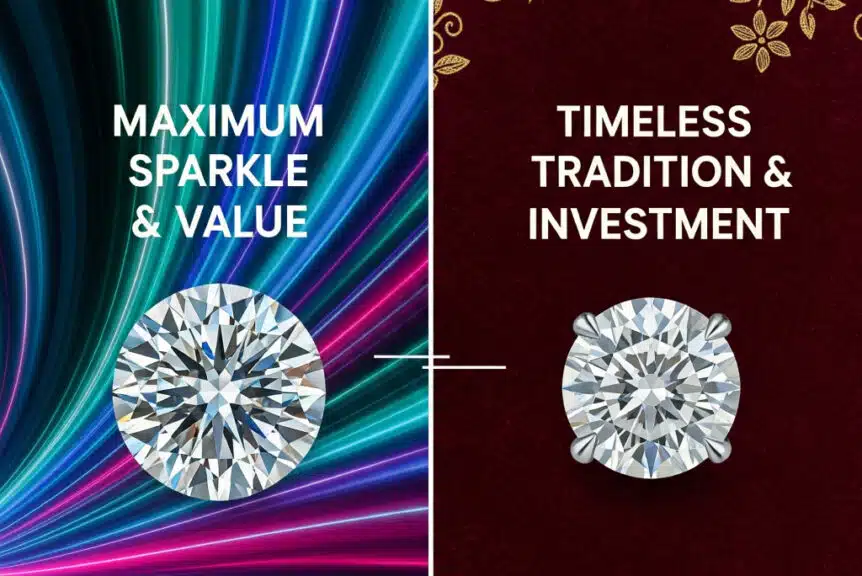
Which Stone Aligns With Your Values?
Ultimately, this entire decision comes down to what you prioritize. There is no single “best” stone, only the stone that is the best fit for your budget, your style, and your values as a couple.
I’ve created this simple table to strip away all the noise and help you see, at a glance, which gemstone truly aligns with what matters most to you.
| You Should Choose… | MOISSANITE if You Value: | DIAMOND if You Value: |
| Aesthetics | Intense, fiery rainbow sparkle and maximum brilliance. | Classic, crisp white sparkle and timeless elegance. |
| Budget | Getting the largest, highest-quality stone for your money. | An investment-grade stone where budget is secondary. |
| Ethics | A 100% guaranteed conflict-free and sustainable origin. | The tradition of an earth-mined stone (or a lab diamond). |
| Longevity | A “forever” stone (9.25 hardness) perfect for daily wear. | The hardest mineral on earth (10 hardness), a symbol of forever. |
As you can see, the right choice becomes much clearer when you frame it this way. It’s a series of personal preferences, not a competition.
One path prioritizes modern innovation, value, and expressive sparkle, while the other prioritizes timeless tradition, investment potential, and classic beauty.
For an even deeper dive into how they look and feel side-by-side, check out our complete Moissanite vs. Diamond Comparison.
Ready to Choose? Here’s How to Get it Right.
If you’ve decided that moissanite’s incredible blend of brilliance and value is the right fit for you, congratulations. You’re on your way to owning a truly stunning ring. But just like with diamonds, not all moissanite is created equal.
To make sure you get a ring that looks absolutely incredible—not just good—I’ve put together my personal four-step checklist. Follow this, and I guarantee you’ll end up with a moissanite ring that exceeds your highest expectations.
Step 1: Prioritize the Cut
This is, without a doubt, the most important factor of all. A gemstone’s cut is not about its shape (like round, oval, or pear); it’s about the precision of its facets and angles.
The quality of the cut is what unlocks the stone’s potential for sparkle, fire, and brilliance. A poorly cut stone will look dull and lifeless, no matter how good its color or clarity is.
The cut quality is responsible for nearly all of your ring’s visual beauty. To ensure you get that jaw-dropping sparkle, you must insist on a stone with an “Excellent” or “Ideal” cut grade. This is the one area where you should never, ever compromise.
Step 2: Insist on Colorless Quality
Early, lower-quality moissanite had a reputation for having a slight yellow or greenish tint. Thankfully, the technology today has perfected the creation process, but you still need to know what to ask for. The industry grades gemstone color on a D-to-Z scale, where D is perfectly colorless.
To get that crisp, bright, and icy-white look that rivals the finest diamonds, you should only consider moissanite in the D-E-F color range.
Anything lower on the scale (like G or H) might show a subtle warmth in certain lights. Sticking to D-E-F ensures your stone looks flawlessly white and incredibly vibrant.
Step 3: Understand the Certification
You shouldn’t have to just take a seller’s word on the quality of your stone. Any reputable moissanite should come with an independent report or certificate that verifies its characteristics.
A certificate provides proof of quality and peace of mind. Look for certification from a body like the GRA, which verifies the stone’s properties and quality.
(Read why a GRA Moissanite Ring certificate is important). This report will confirm the 4Cs (cut, color, clarity, carat weight), giving you the confidence that you are getting exactly what you paid for.
Step 4: Don’t Skimp on the Setting
The metal that holds your gemstone is more than just a design choice; it’s the foundation of your entire ring. A beautiful, high-quality moissanite placed in a thin, poorly constructed setting will feel flimsy and look cheap, completely undermining the beauty of the stone.
The setting provides the security and the substantial, luxurious feel of fine jewelry. You must choose a setting made from solid 14k gold, 18k gold, or platinum.
These metals are strong enough to protect your stone for a lifetime of wear and have the heft and finish that make the entire piece feel premium. You can browse a curated collection of high-quality settings in our Inexpensive Moissanite Engagement Rings category.
Answering Your Final Questions
These are the questions that come up time and again. Let’s tackle them head-on with the straightforward answers you deserve.
The Verdict: It’s Your Story, Not Theirs
After all the analysis and comparison, the decision comes down to a simple truth: this is about you. For too long, the conversation has been clouded by the idea that moissanite is a “fake diamond.”
Let’s be perfectly clear: moissanite is not trying to be anything other than what it is—a brilliant, durable, and beautiful gemstone in its own right.
The choice between moissanite and diamond is not about which stone is objectively “better.” It’s about which stone is better for you. It’s a choice between two different kinds of beauty, two different price points, and two different sets of values.
So, here is my final piece of advice as your friend in the business: If you value stunning, fiery brilliance that lights up a room, if you value the peace of mind that comes from an ethical origin, and if you believe in making a financially savvy choice that will help set you up for your future together, then a moissanite engagement ring isn’t just a good choice—it’s the best choice.
Make your decision with confidence and wear it with pride.
James Allen is widely known for their diamond expertise, but they also offer a select range of certified moissanite stones for shoppers seeking brilliance without the high price tag. Each moissanite comes with authentic certification, and many are GIA-certified, ensuring transparency, quality, and peace of mind. With stunning sparkle, ethical sourcing, and James Allen’s signature high-resolution imaging, moissanite is a smart, stunning alternative for modern couples.
WHAT WE LOVE ABOUT IT:
- Certified moissanite, including options with GIA certification—a rare find in the industry.
- High-quality stones with exceptional brilliance and clarity.
- More affordable than diamonds, with significant savings on engagement rings and fine jewelry.
- Access to James Allen’s 360° HD imaging, so you can inspect every facet before you buy.
- Backed by James Allen’s 30-day return policy, lifetime warranty, and free resizing.
- Same excellent service, packaging, and support as their diamond collections.
WHAT TO KNOW:
- Smaller moissanite selection compared to diamonds or lab-grown options.
- Not always featured prominently on their website—may need to request or inquire directly.
- Best suited for buyers who value certification and visual transparency over brand variety.


